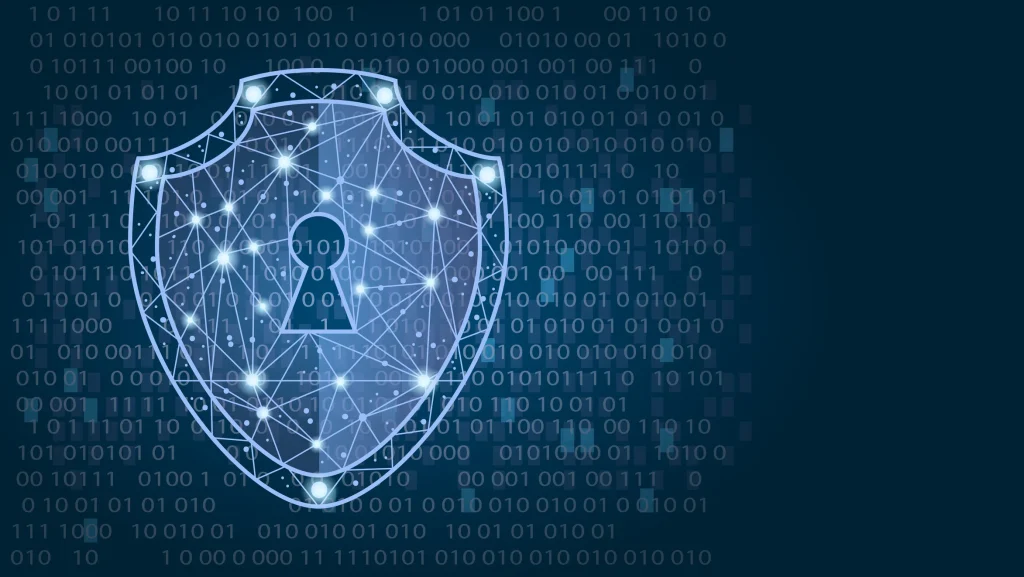Strengthening Organisational Resilience: A Comprehensive Exploration of Cybersecurity Maturity Models
Introduction
October, celebrated as Cybersecurity Awareness Month globally, is a critical juncture for organisations to reflect on the escalating cyber threats that relentlessly test our defences. As we navigate an intricate digital landscape, the adoption and implementation of diverse yet complementary cybersecurity maturity models and legislations become a strategic necessity.
The Imperative of Cybersecurity Maturity Models
Models like CMMC, NIST, ISO/IEC 27001, FAIR, ASD Essential Eight, and regulatory frameworks such as The Australian Security of Critical Infrastructure (SOCI) Act 2018 and Cloud Controls Matrix (CCM) are not operational adjuncts but integral to the holistic security and resilience of organisations.

The Necessity for C-Suite and Board Engagement
C-suite and boards play a pivotal role in embedding cybersecurity into the organisation’s DNA. Their strategic oversight, resource allocation, and commitment are essential for a comprehensive cybersecurity posture, adept at mitigating emerging and evolving cyber threats.
Cross-Collaboration: The Bedrock of Holistic Cybersecurity
Cross-functional collaboration is a cornerstone for resilient cybersecurity, ensuring unified protocols, shared intelligence, and a coordinated response mechanism that’s agile, adaptive, and comprehensive.
Delving into Key Maturity Models and Legislation
An in-depth appraisal of globally recognised models and legislations accentuates their intrinsic value and diversity in bolstering cybersecurity.
CMMC
CMMC’s structured five-level approach, ranging from basic cyber hygiene to advanced, offers tailored defense strategies, particularly critical for organisations handling sensitive federal contract information. For C-suite and boards, investing in attaining higher CMMC levels not only mitigates risks but amplifies competitive advantage in securing government contracts.
NIST Cybersecurity Framework
NIST’s core functions of Identify, Protect, Detect, Respond, and Recover encapsulate a holistic approach to cybersecurity. For leadership, aligning organisational processes with NIST’s frameworks translates to enhanced risk visibility, streamlined response protocols, and improved stakeholder confidence.
ISO/IEC 27001
ISO/IEC 27001’s global recognition underscores its comprehensive approach to information security management. For business units, adherence to this standard fosters a culture of security consciousness, amplifying defense against internal and external threats.
CIS Controls
CIS Controls’ best practices approach underlines practical, actionable defense strategies, a vital resource for business units aiming to bolster frontline defenses.
FAIR
FAIR’s quantitative approach to assessing and quantifying cybersecurity risks offers leadership data-driven insights for informed decision-making, resource allocation, and risk mitigation.
Cloud Controls Matrix (CCM)
For the C-suite, understanding and integrating CCM is synonymous with fortifying cloud security postures. It implicates informed decision-making concerning cloud services procurement, deployment, and management. Business units, with a grasp of CCM, are empowered to collaboratively optimize security, compliance, and risk management in cloud environments.
For my local Australian Professionals:
ASD Essential Eight
For executive leadership and board members, the ASD Essential Eight underscores a proactive stance in minimising the attack surface, enhancing the resilience of organisational assets against prevalent cyber threats. Instilling these strategies ensures security is ingrained at the operational core, elevating not just defense but also operational integrity and stakeholder confidence.
The Australian Security of Critical Infrastructure (SOCI) Act 2018
For organizations and their leadership, compliance with this act is not merely a legal obligation but a patriotic duty. It signifies the marriage of corporate responsibility with national security. Business leaders and board members, by ensuring stringent security protocols as stipulated by the act, contribute to the collective defense against threats that could cripple the nation’s critical assets.
Conclusion
As Cybersecurity Awareness Month unfolds, it heralds the integration of diverse yet complementary cybersecurity frameworks and legislation, amplifying the narrative from a technical to a strategic, governance, and operational panorama.
The intricate dance of digital defence necessitates unity, strategic insight, and proactive engagement. These are the linchpins for not just surviving but thriving amidst the evolving cyber threat landscape.

Call to Action
Let this month be a catalyst for introspection, assessment, and enhancement of our cybersecurity protocols. The synergy of stakeholders, from the boardroom to the operational floor, shall herald a new dawn of collective, informed, and strategic defence against cyber adversaries. Fortified by robust models and legislation, we emerge resilient, secure, and unyielding.
